Life at StAC
Te Ao o te Ākonga
First and foremost, St Andrew’s College is a place of learning, with a focus on developing our students’ growth mindset and a love of learning. Taking part in our broad co-curricular programmes, whole-school celebrations, and service activities also helps our students to learn many valuable skills and attributes, which complement their academic learning.
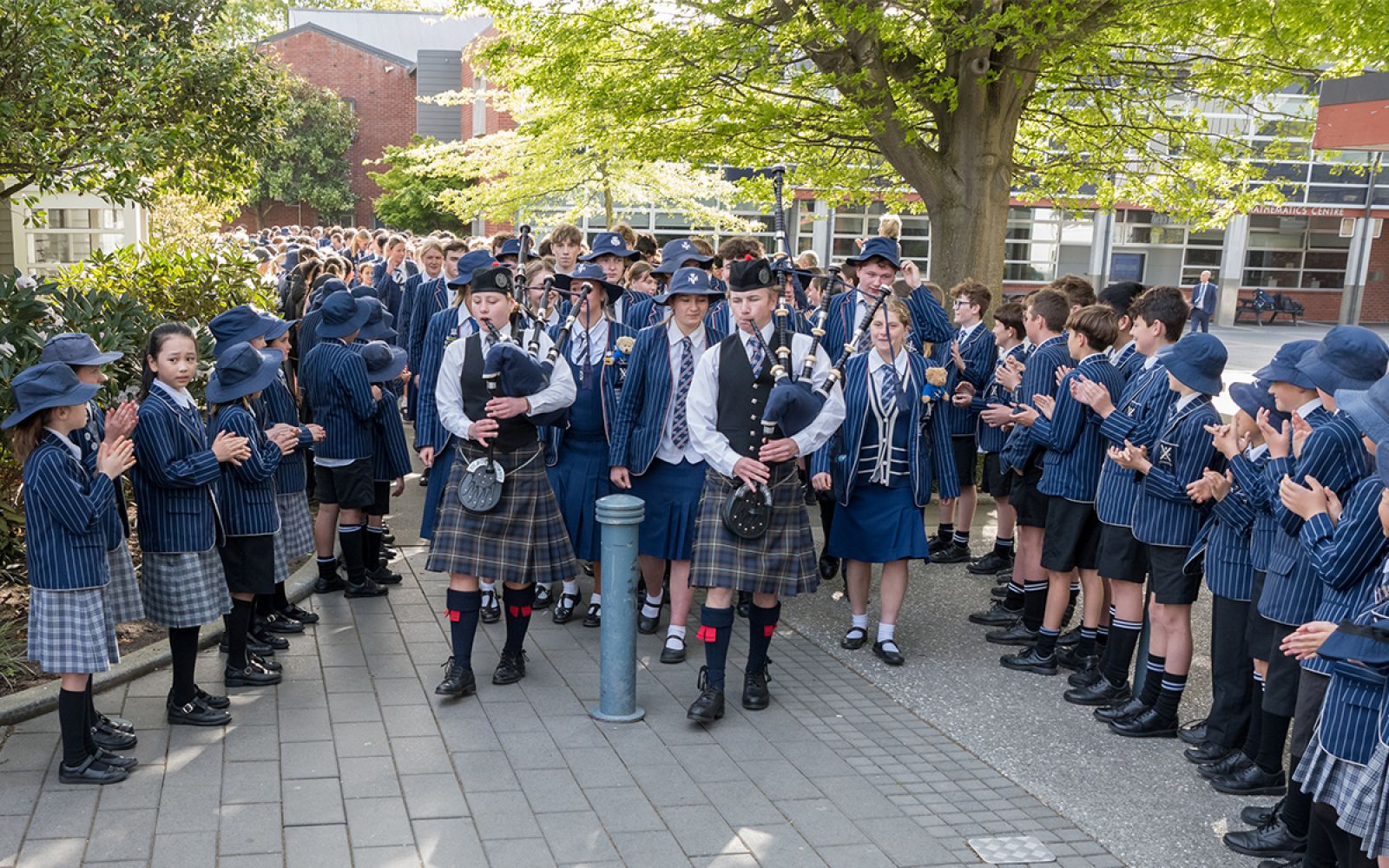
"I love the community spirit - it is difficult to express it to those who have not experienced it; however, it is conveyed in the confidence of the students, their support and appreciation of the College, and of each other."
Current Parent
A spirit of celebration
Life at St Andrew’s is about celebrating success in all its forms. Whether students achieve top honours in a national sporting competition, lift their academic performance to a new high, or contribute to a worthy cause, their extraordinary effort and determination will be recognised.
Nowhere is that spirit more evident than at our regular assemblies and annual Prizegiving. Academic, sporting and cultural effort is acknowledged openly and warmly, and our top achievers become role models and mentors for their peers.
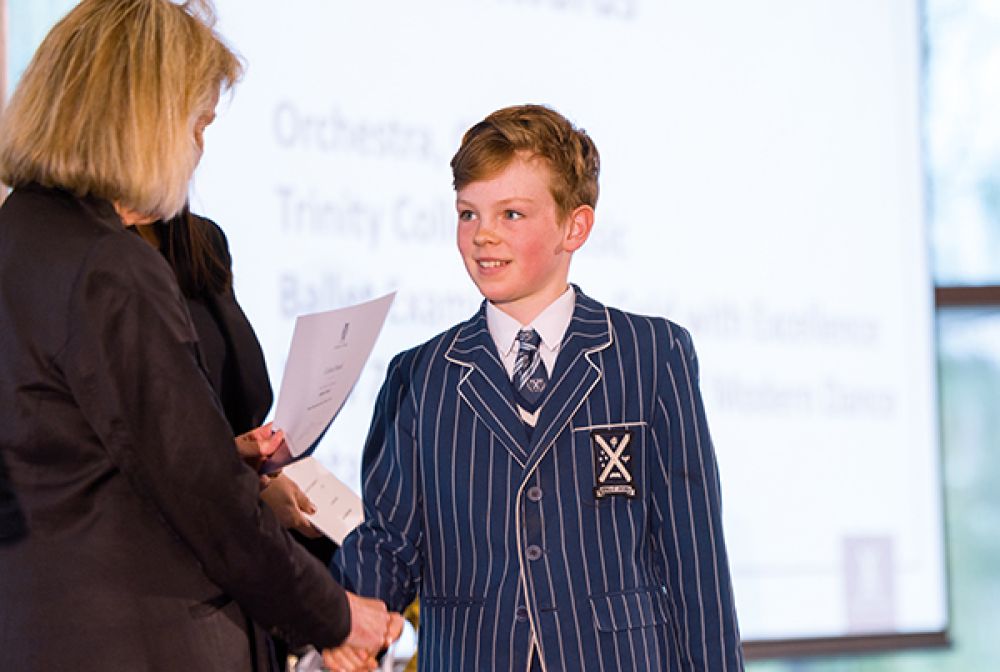
Learning at StAC
We are committed to providing a first-class learning environment which values innovation and creativity alongside tradition and knowledge. Our teachers are passionate and skilled professionals who create innovative and inspirational learning experiences for our students, fostering curiosity, excellence, and lifelong learning.

Well-being and Pastoral Care
On joining the St Andrew’s College community, students gain the support and friendship of an entire network of people who take an active interest in their welfare. This large, caring team includes teachers, tutors, Deans, boarding staff if applicable, a guidance and counselling team, College management, Peer Support, and student leaders.
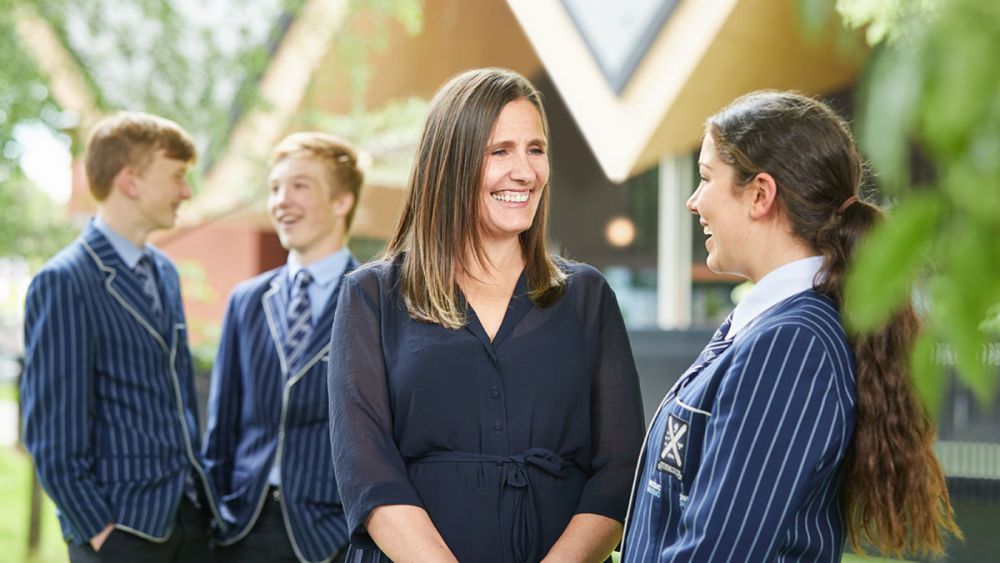
Sport at StAC
St Andrew’s is well regarded in sporting pursuits, producing both individual and team champions at South Island and national level. The College’s Athlete Sports Performance programme encourages the growth and success of our highest performing athletes. A 'Balance is Better' approach recognises the efforts of student participation at all levels, creating an environment where they can thrive and find success.
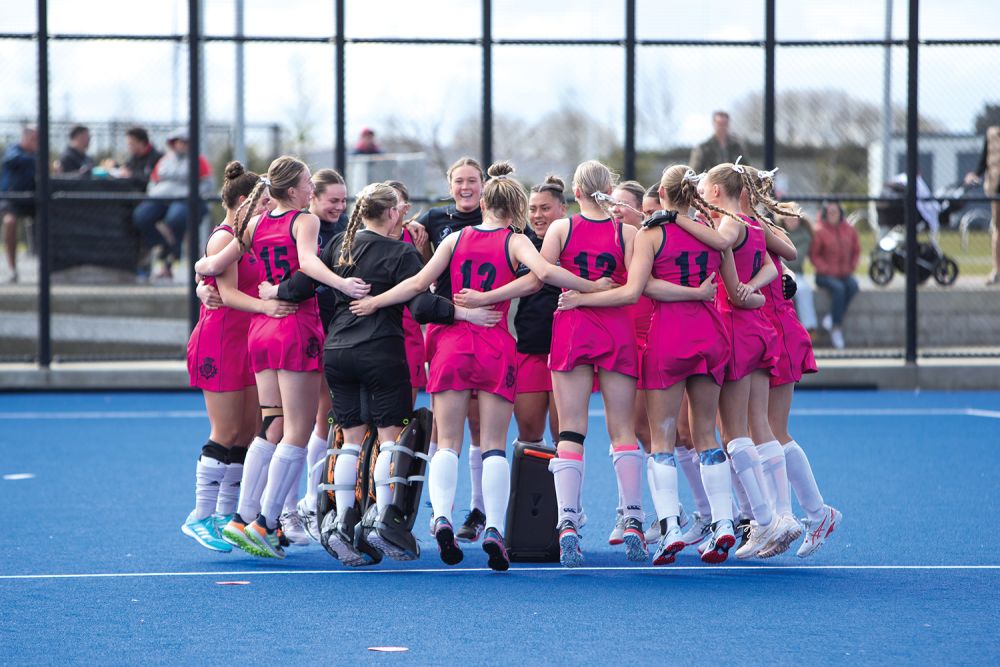
Cultural Activities
The Arts figure highly on our list of priorities for many students. The diverse cultural opportunities on offer at St Andrew’s include numerous music groups, ballet and dance, kapa haka, drama, chess, robotics, filmmaking, Pipe Band, theatre productions, speech and drama, and Māori and Pasifika group.
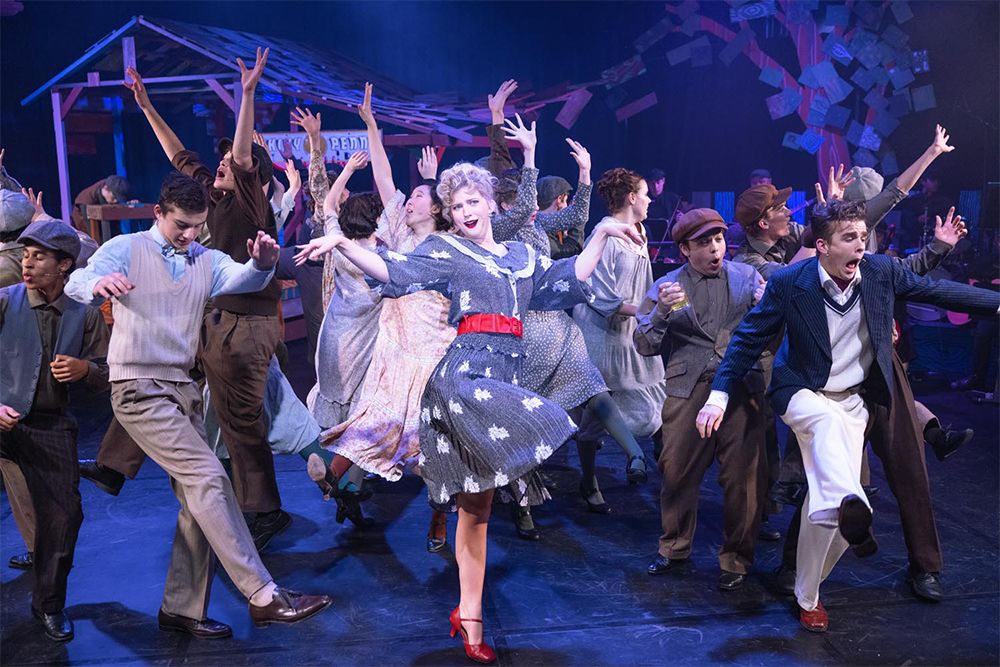
Beyond the Classroom
Stepping outside of the classroom is a wonderful opportunity to discover new interests, create strong friendships and develop leadership qualities. Annual camps for Year 7–10 students at our Alistair Sidey Mountain Lodge in Kura Tawhiti Castle Hill see them enjoy independent adventures away from home, though to overnight expeditions and snow caving.

Student Leadership and Community Service
We pride ourselves on instilling skills and values, which will help our students become the business and community leaders of tomorrow. We provide many opportunities for our students to develop and demonstrate leadership qualities as they move through the school. Community service is also an intrinsic part of student life, with chapel services, theme days and special student efforts providing support for local and international charities.

Our House system
The House system at St Andrew’s is an integral part of school life, reflecting the College’s core values. We have four Houses, which are named after the College’s founding figures and main benefactors: Erwin, MacGibbon, Rutherford and Thompson.
The House system helps students to develop a sense of identity and pride in their House, as they engage in friendly, positive competition against the other three Houses. Houses compete against each other in a range of sports and activities throughout the year, including touch, swimming, haka, athletic sports, cross country, Highland Games, chess, debating, volleyball, basketball and singing, to name a few. Points are awarded at each competition with the Houses competing fiercely for the coveted House Cup, which is awarded at our annual Prizegiving.
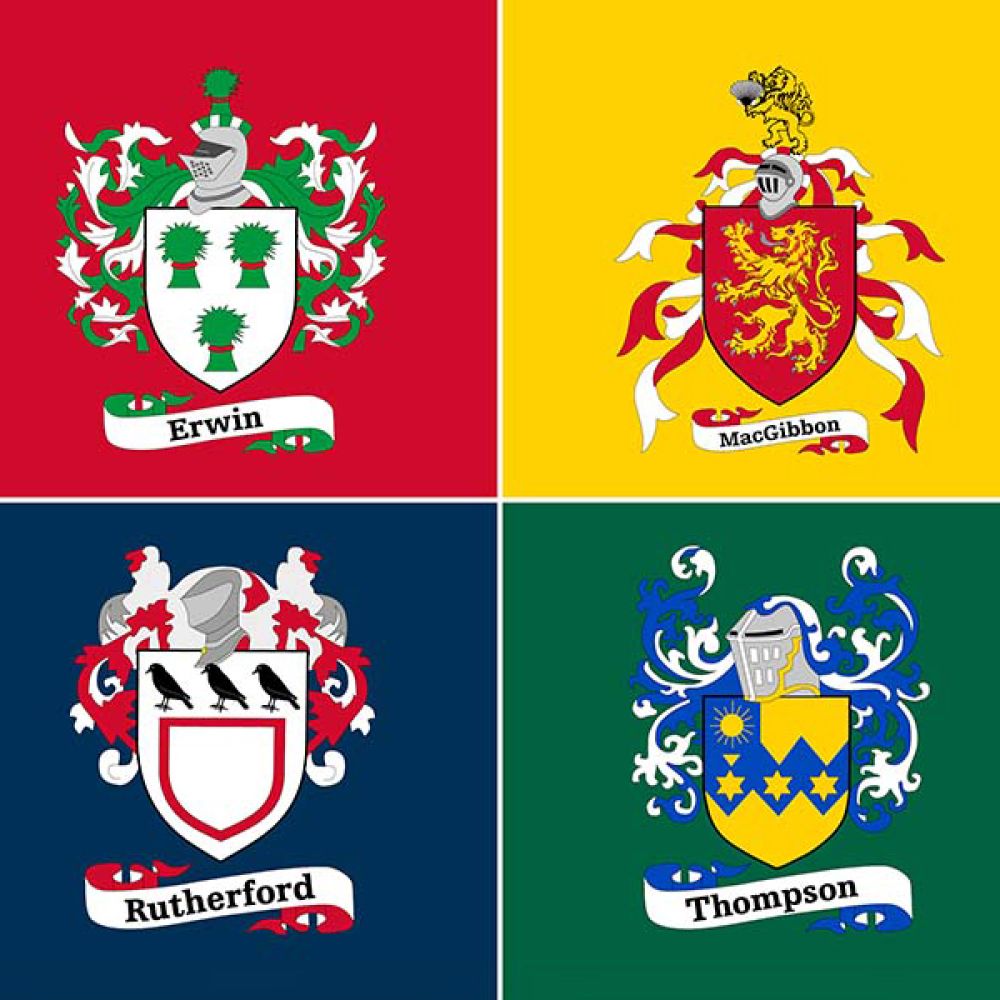
Our Whakataukī
He waka
eke noa
We are all in this together
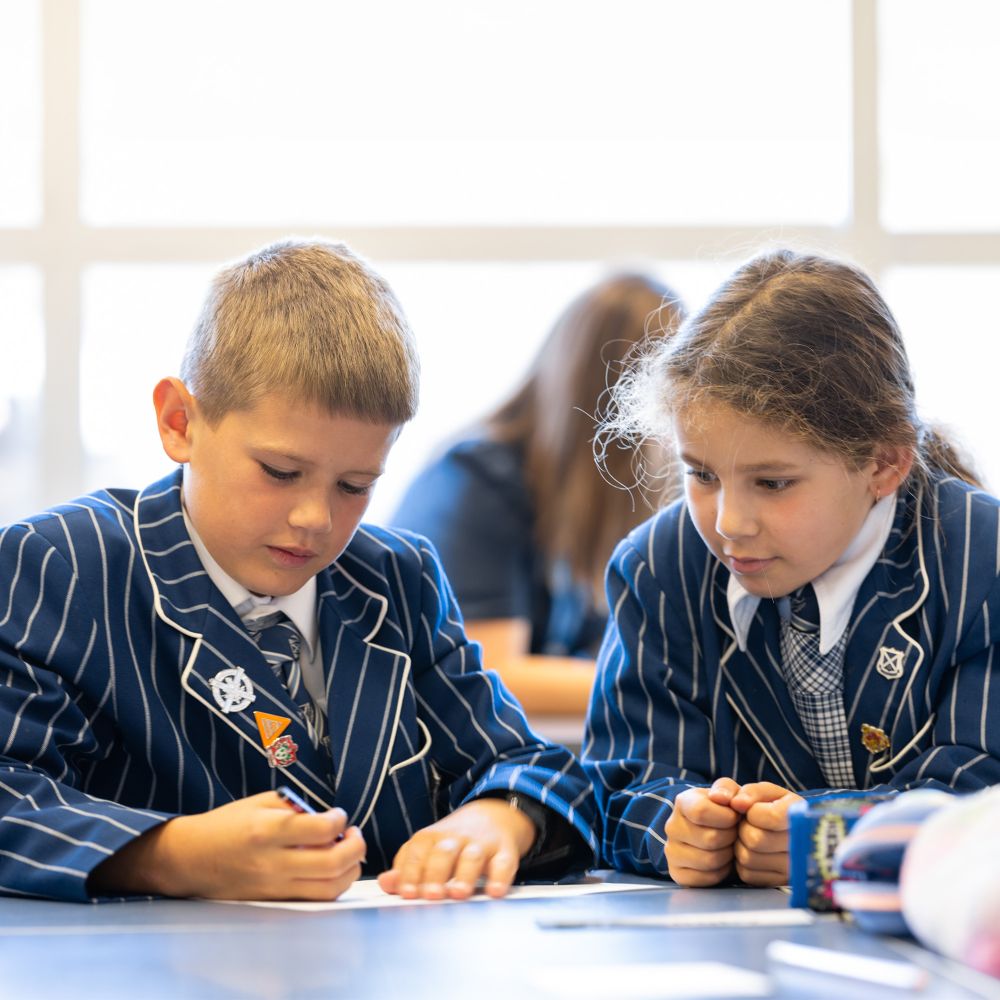
Learning at StAC

Well-being and Pastoral Care

Sports

Co-curricular and Cultural Activities